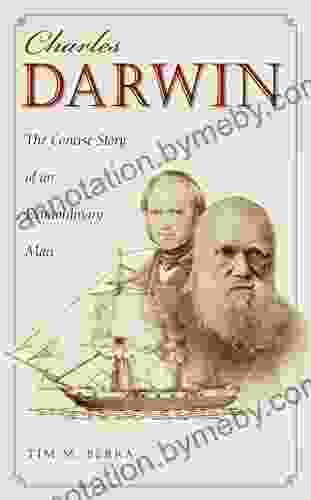Prologue: A Pivotal Moment in Global Science
The year 1957 marked a profound turning point in history, witnessing the dawn of the Space Age with the launch of Sputnik 1, the first artificial satellite. This groundbreaking event ignited a global scientific race to explore the unknown frontiers of outer space. However, the origins of this monumental era can be traced back to a lesser-known but equally significant undertaking: the International Geophysical Year (IGY).
The Birth of the International Geophysical Year
In the aftermath of World War II, a yearning for international scientific cooperation emerged, fueled by the collective desire to understand the complex interconnectedness of our planet. The IGY, proposed by the International Council of Scientific Unions (ICSU),became the embodiment of this aspiration, envisioning a global network of scientists and researchers united in a comprehensive study of the Earth and its surrounding space environment.
4 out of 5
| Language | : | English |
| File size | : | 4322 KB |
| Text-to-Speech | : | Enabled |
| Screen Reader | : | Supported |
| Enhanced typesetting | : | Enabled |
| Word Wise | : | Enabled |
| Print length | : | 785 pages |
| Lending | : | Enabled |
Uniting Scientists Across BFree Downloads
The IGY, spanning from July 1, 1957, to December 31, 1958, attracted the participation of over 60 nations, including the United States, the Soviet Union, and countless others from around the world. Scientists from diverse disciplines, ranging from meteorology to oceanography, joined forces to conduct simultaneous observations and experiments, creating an unprecedented tapestry of scientific data.
The American Contribution: A Leading Role
The United States played a pivotal role in the IGY, driven by a burgeoning scientific community eager to unravel the mysteries of space. The National Academy of Sciences-National Research Council (NAS-NRC) assumed the responsibility for coordinating American participation, establishing a comprehensive program that encompassed a wide array of scientific endeavors.
Scientific Triumphs: Unlocking Earth's Secrets
During the IGY, scientists made groundbreaking discoveries that expanded our understanding of the Earth and its interconnectedness with the cosmos. The launch of the first artificial satellites, including the United States' Explorer 1, revolutionized our knowledge of the Earth's magnetic field and the nature of the Van Allen radiation belts.
Simultaneous observations of the Earth's aurora borealis and aurora australis provided insights into the intricate workings of the magnetosphere. Detailed studies of the polar regions shed light on the intricate interplay between solar activity and Earth's climate.
Beyond Scientific Boundaries: A Catalyst for Diplomacy
The IGY transcended its scientific objectives, serving as a catalyst for international cooperation and diplomacy during a period of heightened Cold War tensions. The shared pursuit of knowledge fostered a sense of common purpose, bridging divides and creating a shared understanding of our planet as a unified ecosystem.
The Legacy of the IGY: A Foundation for Future Endeavors
The legacy of the IGY extended far beyond its official duration. It laid the groundwork for the creation of numerous international scientific organizations, including the World Meteorological Organization (WMO) and the Committee on Space Research (COSPAR). These institutions continue to play vital roles in coordinating global scientific endeavors and promoting peaceful cooperation.


























































































